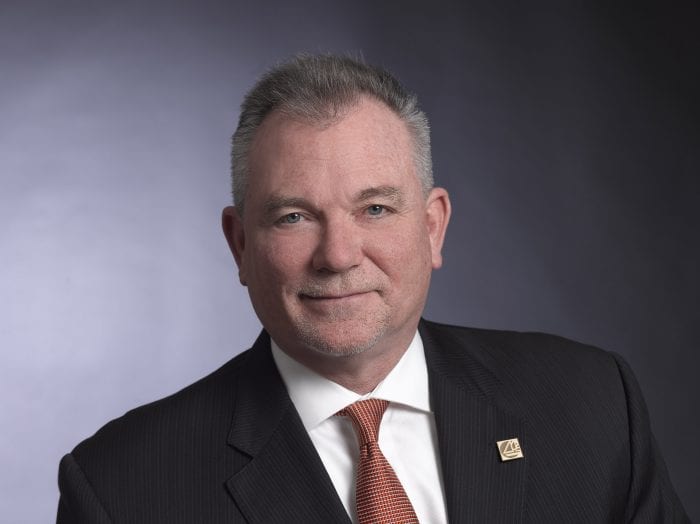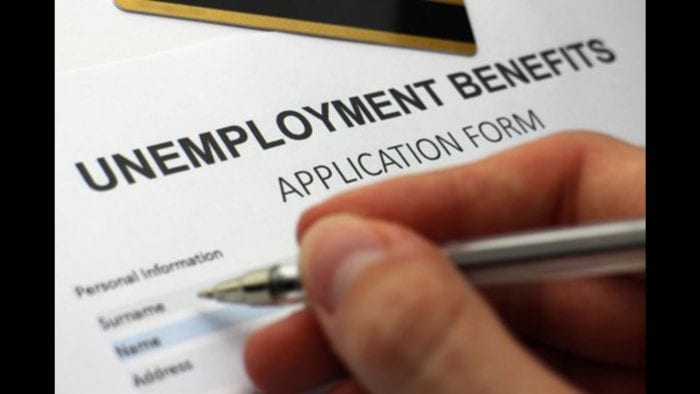By Daniel Dunaief
Kevin O’Connor, CEO of BNB Bank, is focused on the bread and butter businesses of his bank and of the communities he serves: small businesses.
O’Connor ensured that BNB, with its Bridgehampton National Bank branches, dove headfirst into the first Paycheck Protection Program, or PPP, from the federal government in the first round, lending over $1 billion to more than 4,000 businesses. That is in addition to the $400 million Dime Bancorp, which plans to merge with BNB later this year, loaned to small businesses.
In the second round, O’Connor expects about 30 to 40% of the businesses that received loans in the first round will apply for additional funding.
In addition, O’Connor expects that customers who are seeking a second round of PPP will likely return to the bank they used in the first round, in part because businesses will be applying for a second draw on a loan, rather than for a new loan.
“We’re hoping that makes the paperwork easier,” he said.
So far, about 10% of the businesses that borrowed through the PPP have asked for forgiveness on their loan. Most of the businesses that sought forgiveness received it, especially if they used it for the anticipated purposes.
O’Connor is eager to see these small businesses, whom he lauded for their contributions to the areas they serve, survive the ongoing hardship created by the COVID-19 pandemic.
At the same time that a vaccine offers hope, these small businesses remain in perilous condition, as the percentage of positive tests continues to climb and hospitals handle an increase in patients.
Small businesses “don’t have a unified voice,” said O’Connor. The BNB chief executive called these small businesses the “lifeblood” of the communities.
The PPP program presents an opportunity for BNB to provide funding to a range of customers.
The success of the program led non-customers who were friends of customers to seek out financial support for their struggling businesses from BNB.
O’Connor said BNB hopes to expand their interactions with these new customers into full-service relationships, providing a range of other banking products.
No Red Microphones
O’Connor said BNB has focused in recent years on enhancing the product knowledge from their employees.
“We trained our people better on our technology so they can better explain it,” O’Connor said. “Branch managers weren’t using the mobile app. How can they sell it if they weren’t using it themselves?”
While the technology hasn’t changed, it has become better for customers because bankers can explain it better.
During the pandemic, O’Connor has made numerous efforts to reach out to bank employees, hosting conference calls and zoom calls. O’Connor urged bank employees to keep their cameras on during those calls. In smaller meetings, he also asked his coworkers to unmute their phones, to enable an open dialog among the staff.
“If I see red microphones, I ask [that employees] turn them on. We’re talking here. This is a conversation,” he said.
Vaccinations
While he led the bank during the pandemic, O’Connor also experienced COVID firsthand, when he contracted the virus. He said his children were worried about him, but that his case was “pretty mild.”
The virus “makes you recognize that we’re a part of something bigger, whether we’re talking about PPP or worry about trying to keep the lights on in your building,” he said.
While some people are receiving the vaccine, O’Connor said he wasn’t comfortable requiring everyone to receive shots.
“I’d be hard-pressed to do that,” he said. When it is his turn to get a shot, O’Connor said he would take the vaccine.
While the vaccine has given him reason for optimism, he said the bank has been cautious in the last few weeks with its staff.
“We’ve sent a lot of our employees home,” O’Connor said. “We’re back to a skeleton crew in Hauppauge. We’re monitoring our branches” amid an uptick in cases.
O’Connor and other bank executives are looking at the total number of branches the bank may need in the future. The company has continued to generate business in its branches, although some are “busier than others. We’re going to continue to look at that.”
The Chief Executive described branches as “outposts” in the community, and believed that the branch decisions would be an “evolutionary process.”
O’Connor said the virus may lead employees to a better awareness of the needs of their coworkers.
“You may come to work every day, but another man or woman isn’t there. They may have an underlying health issue and don’t want to talk about it. You’d like to think it’s making better people of us. At some point, people who can, should do and people who can’t, let’s take care of them,” O’Connor said.
Merger
O’Connor said the combination with Dime is a true merger of equals. The top executives from the two banks represent a 50/50 split with Dime.
“I feel comfortable that the culture will come together,” O’Connor said. “We will be a unique bank. There’s nothing like this. It’s truly Long Island-based.”
O’Connor said the bankers at both institutions have a “passion for what we do.”
And he respects entrepreneurs and small business owners, many of whom have pivoted to other products or modes of delivery for their products.
“So many [small business owners] have made so many sacrifices,” he said.







